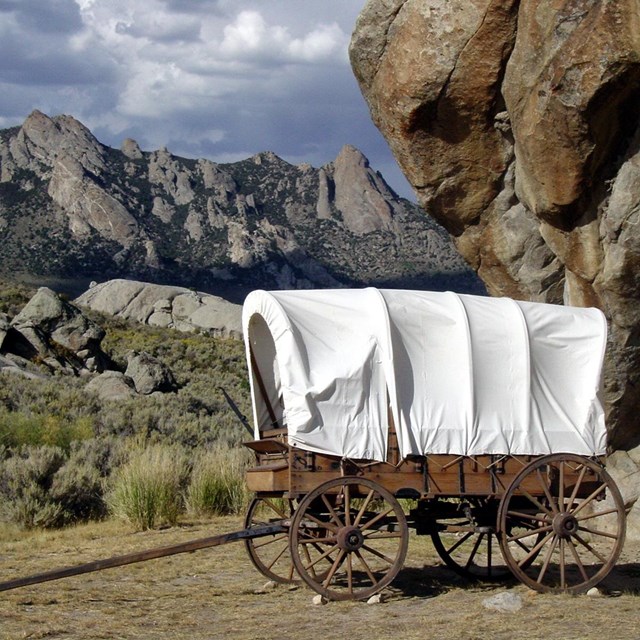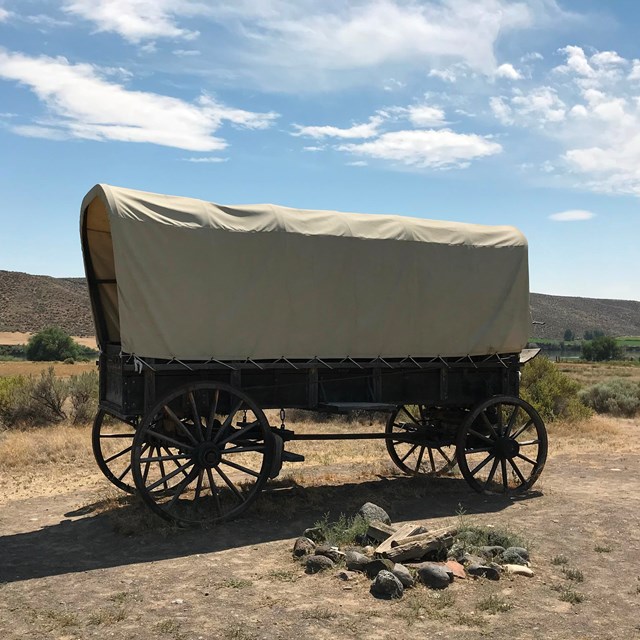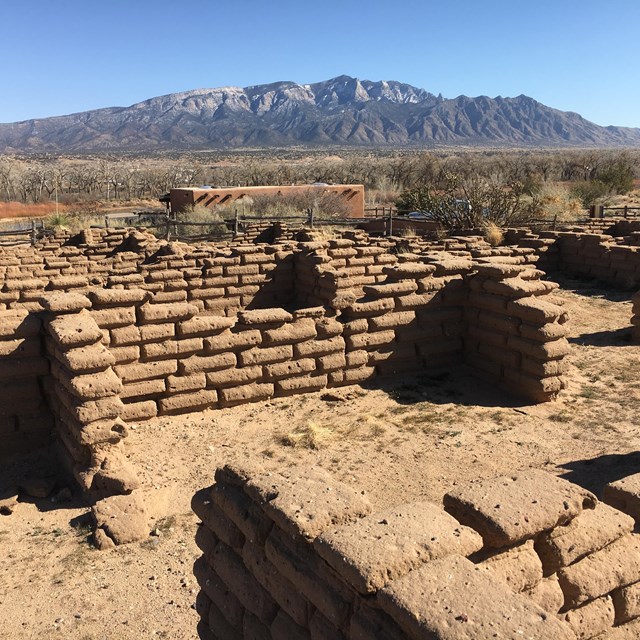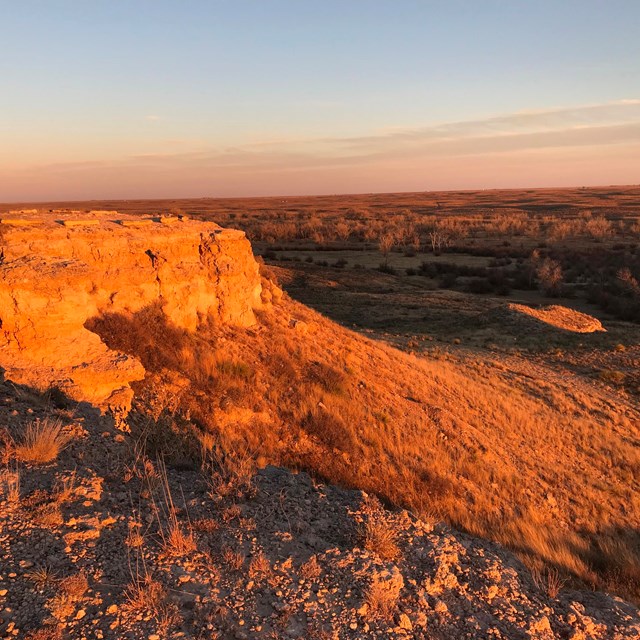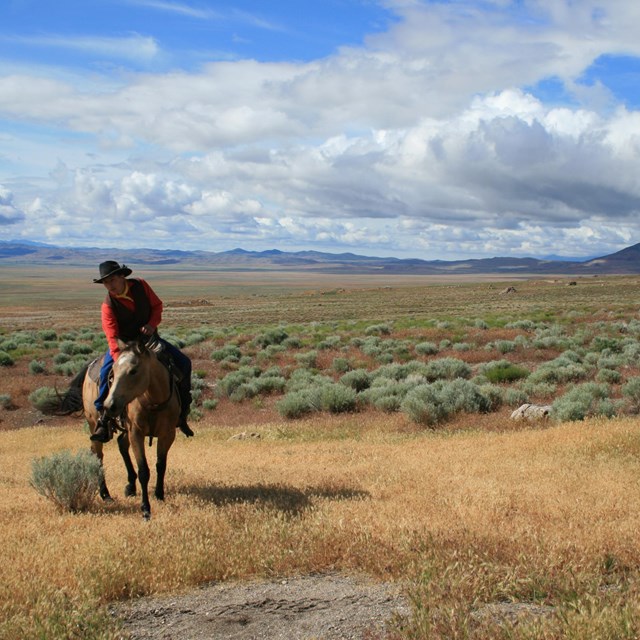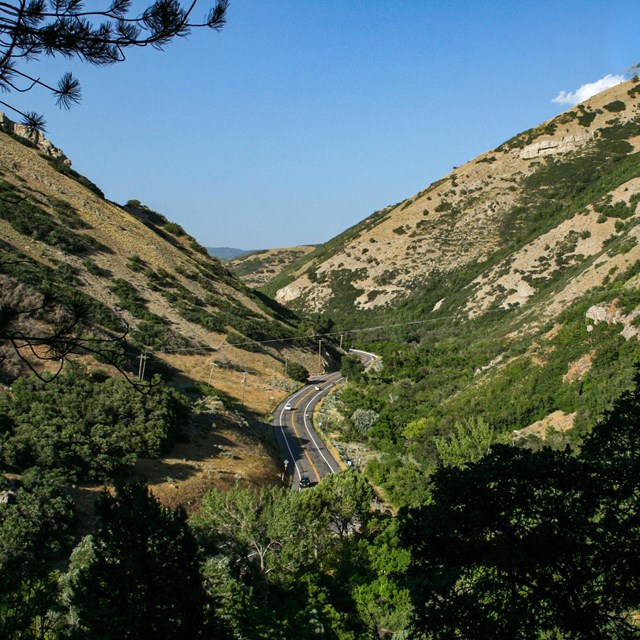Last updated: January 26, 2021
Article
What Happened to the Bison?
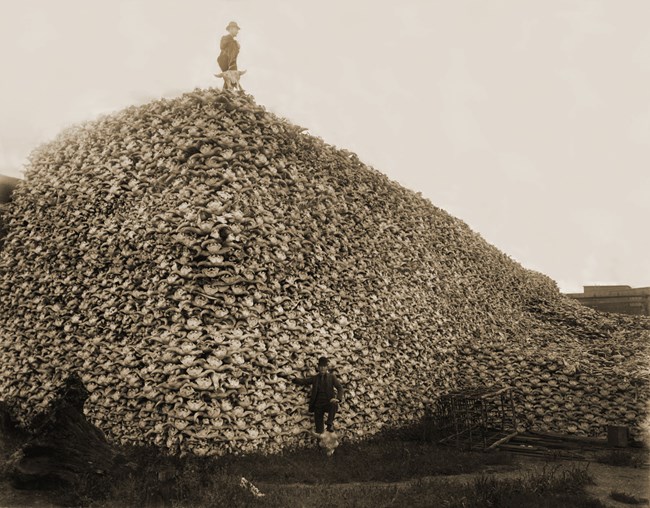
Photo/Unknown author/Photo edited by User:PawełMM /Burton Historical Collection, Detroit Public Library
Historic Trails and Bison
Crossing the Southern Plains in 1806, Zebulon Pike described herds of bison that “exceeded imagination.” Yet by the 1850s, many of the Native nations that relied on bison for sustenance—such as the Kiowas, Comanches, Cheyennes, and Arapahoes—were seeing fewer bison than ever before. What happened?
After an immense drought ended in the early 1300s, bison (and many other species) benefited from 500 years of a wetter and cooler climate. South of the Arkansas River, near the modern-day intersection of Colorado, New Mexico, Texas, Oklahoma, and Kansas, lay an especially rich bison habitat with mild winters, plentiful water, and ample grass. This area received above-average rainfall for the first four decades of the 1800s, creating almost impossibly rich grasslands. Around 1846, however, the Southern Plains began to dry again.
Drought is only one reason for the bison’s decline. Horses, which spread from New Mexico onto the Great Plains in the late 1600s and early 1700s, also stressed bison populations. The Comanches, eminent equestrians of the Southern Plains, kept vast herds of horses for riding and trading. Not only did horses make bison hunting incredibly efficient, but they also competed for the same food and water resources as their lumbering counterparts. It’s difficult to tell how wolves impact bison populations, but it is possible that trappers—who poisoned wolves for their pelts—may have inadvertently poisoned the grass that many bison depended on for survival.
Humans also played an important role, especially between 1825 and 1850. Increased traffic along the Santa Fe Trail disrupted bison herds, and New Mexican ciboleros (bison hunters) continued to kill between 15,000 and 25,000 bison each year. The US government’s removal policies sent roughly 50,000 eastern Indians into present-day Oklahoma, where many were granted hunting rights on the prairies. Perhaps most importantly, dwindling bison herds motivated the Comanches and their Kiowa allies to seek peace with the Cheyennes, Arapahoes, and Kiowa-Apaches in 1840. The prime bison habitat of the Arkansas Valley—formerly a boundary zone between warring nations—became a shared hunting ground, and the bison population simply could not keep up. The peace of 1840 also gave Comanches and Kiowas access to William Bent’s fort, where they (and other Plains peoples) were drawn into the bustling bison robe trade. Motivated by market forces, they harvested bison like never before.
Beginning in the 1860s, conflict raged on the prairies as the US Army attempted to subdue the Plains Indians in order to make way for white settlers and railroad lines. Federal officials recognized the importance of bison on the Plains, where Native nations had yet to be forced onto reservations. In 1873. the Secretary of the Interior noted that “[t]he civilization of the Indian is impossible while buffalo remain on the plains”; following this logic, the Army provided free ammunition to hide hunters, who brought bison to the brink of extinction. By 1894, Yellowstone National Park hosted the only known wild herd in the United States. Ironically, the US Army—which managed Yellowstone—would play an important role in the return of the bison a few decades later.
Dan Flores, “Bison Ecology and Bison Diplomacy: The Southern Plains from 1800 to 1850,” The Journal of American History 78, no. 2 (September 1991): 465-85.
Phyllis Morgan, “Buffalo on the Santa Fe Trail,” Wagon Tracks 18, no. 3 (May 2004): 7-8.
learn more
Tags
- california national historic trail
- el camino real de tierra adentro national historic trail
- mormon pioneer national historic trail
- oregon national historic trail
- pony express national historic trail
- santa fe national historic trail
- santa fe trail
- stories
- bison
- bison day
- national bison day
- buffalo
- oregon trail
- california trail
- pony express trail
- mormon pioneer trail
- el camino real de tierra adentro trail
- native american heritage month

